Hello to all,
The square format and the field composition of the textiles illustrated below, drove me to some interesting things (I dare to think).
Even if the still existing examples I found on the web are later than the paintings, these pieces may lead us to conclude that the concerned weavings are not rugs and may have their origin somewhere in or around the Caucasus.
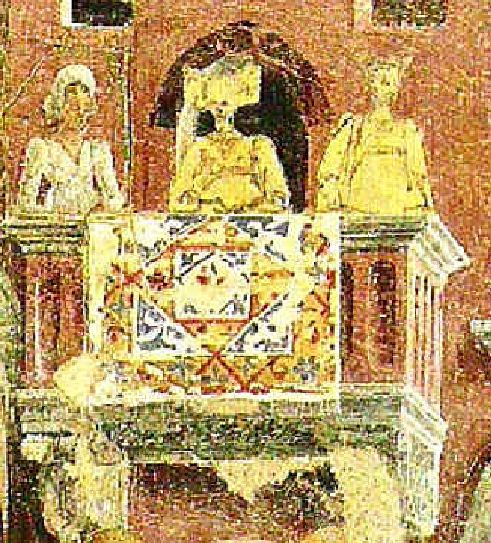 FIG 31 G. del Cossa. 1476-1484. Allegory of April, detail. Palazzo Schifanoia. Ferrara.
FIG 31 G. del Cossa. 1476-1484. Allegory of April, detail. Palazzo Schifanoia. Ferrara.
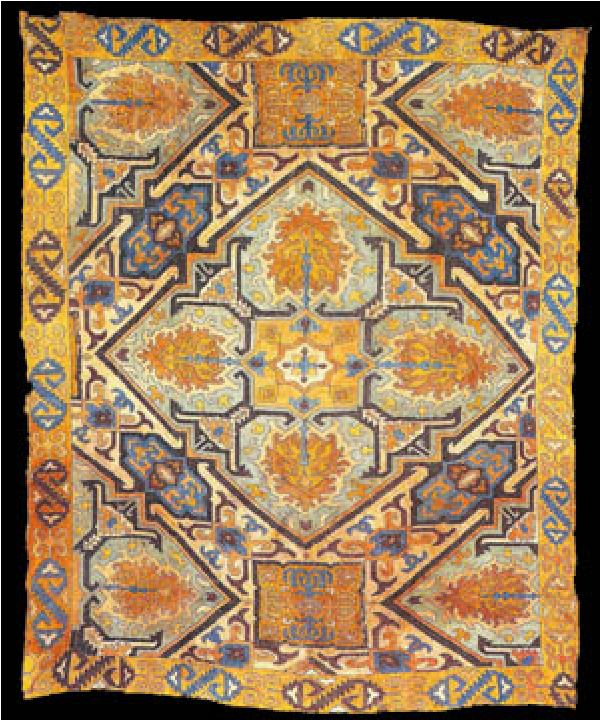 18th century Caucasian Embroidery Rippon Boswell Spring 2003 sale, 17th May 2003
18th century Caucasian Embroidery Rippon Boswell Spring 2003 sale, 17th May 2003
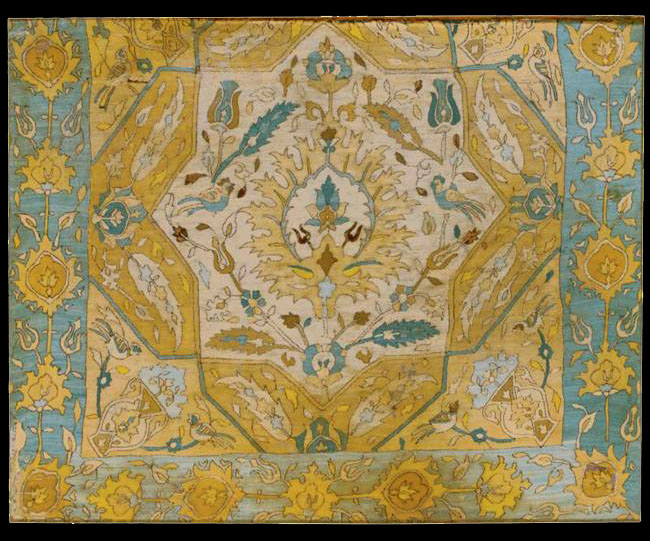 Iran 1700-1724 Plain weave cotton embroidered with silk in surface darning and running stitch, backed with plain weave cotton and faced with bias-cut silk.
Iran 1700-1724 Plain weave cotton embroidered with silk in surface darning and running stitch, backed with plain weave cotton and faced with bias-cut silk.
Cf: Plate 10, p.107 in Jennifer Wearden in 'Azerbaijanian Embroideries: A Synthesis of Contrasts' in Hali Issue 59, October 1991 pp. 102-111.
This embroidery belongs to Group 2 as defined by Jennifer Wearden in ‘Azerbaijanian Embroideries: A Synthesis of Contrasts’ in Hali Issue 59, October 1991 pp. 102-111. Group 2 textiles are characterised by surface darning; if the colours are dark and strong the textiles may date from the early 18th century.
Source: V&A museum.
Concerning another painting:
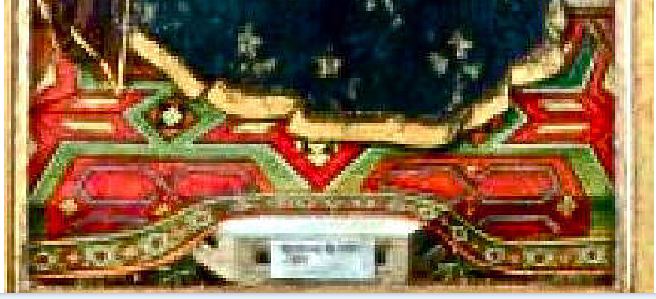 FIG 30 A. da Fabriano. 1474. Virgin and Child.Genga.
FIG 30 A. da Fabriano. 1474. Virgin and Child.Genga.
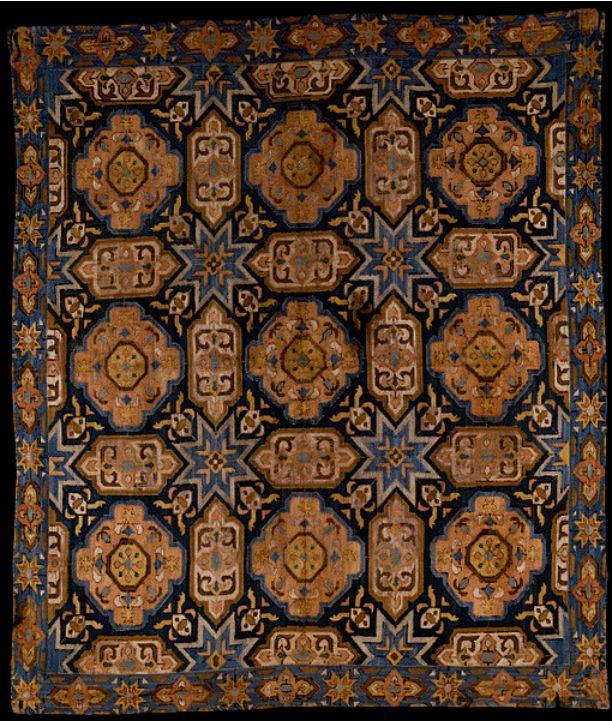 Azerbaijan 1740-1790 Plainweave cotton embroidered with silk in surface darning on the diagonal with running stitch for the outlining.
Azerbaijan 1740-1790 Plainweave cotton embroidered with silk in surface darning on the diagonal with running stitch for the outlining.
The ground is covered with cartouches alternated with eight-pointed stars like in the illustration above.
This textile belongs to Group 3 as defined by Jennifer Wearden in 'Azerbaijanian Embroideries: A Synthesis of Contrasts' in Hali, Issue 59, October 1991 pp. 102-111. Group 3 textiles are characterised by surface darning on the diagonal and date from the middle of the 18th century into the early part of the 19th century.
Source: V&A museum.
Best regards,
Y
